This Forum will close on Wednesday 27 March, 2024. Please refer to the announcement on the Discussions page for further detail.
Wet and thin lawn
Hi everybody!
Last spring, during the first lockdown I laid a lawn in my small garden. The grass seemed long when it arrived and it was pretty wet.
It was ok for the summer, if a little lumpy in places. I did however notice that when it rained it remained wet and squelchy for some time. Now we're in winter it's constantly in this state and is getting really thin.
I was considering forking it and putting horticultural sand down and then sprinkling seeds. Do you think this would work or is there a more severe issue and I need to rip it out and redo it after creating better drainage?
I have 2 young children so it did and will get a fair bit of use.
I've added some photos but please note they are when it looked its worse, after a good few days of rain.
Thanks in advance for any advice.
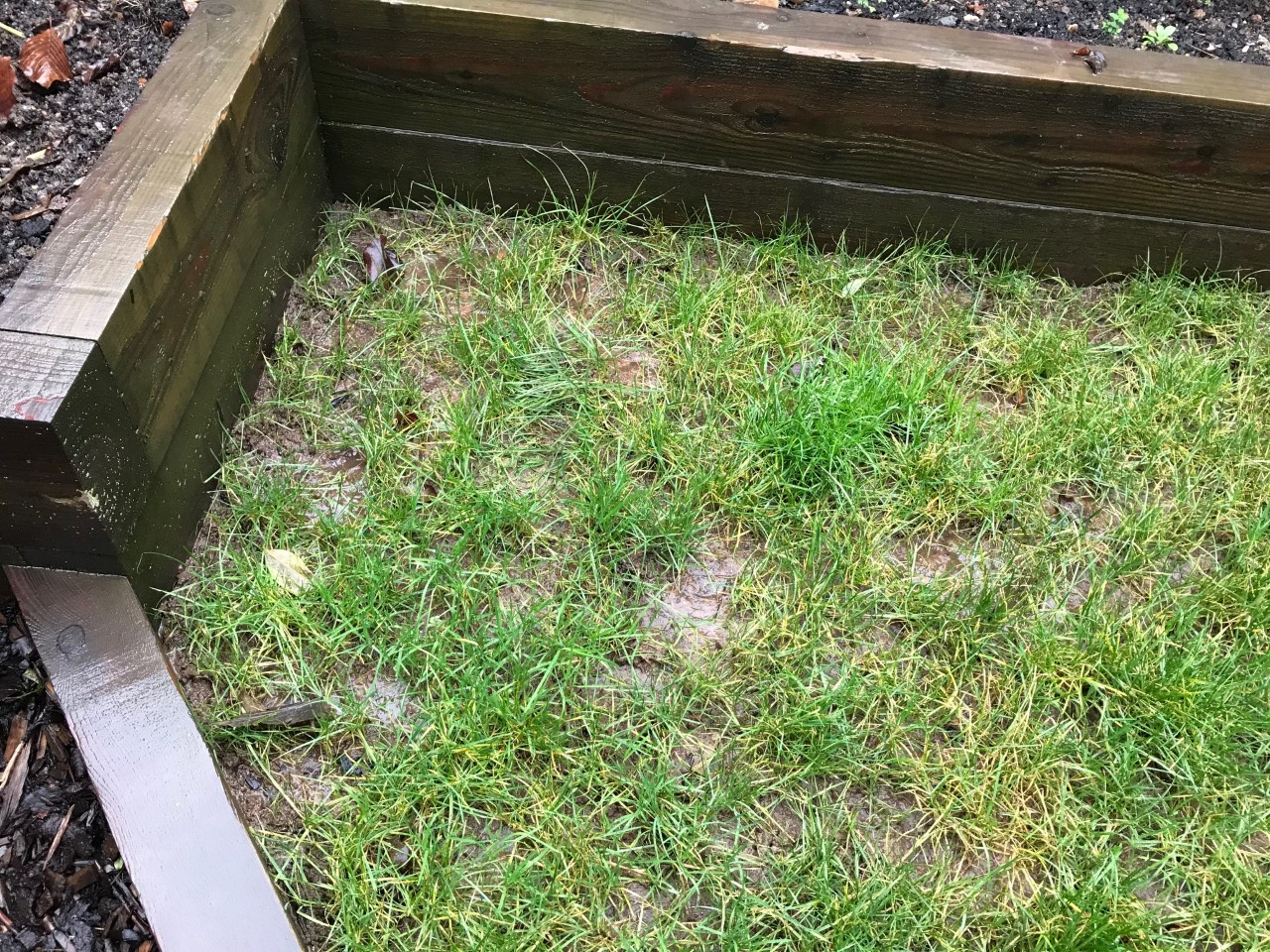
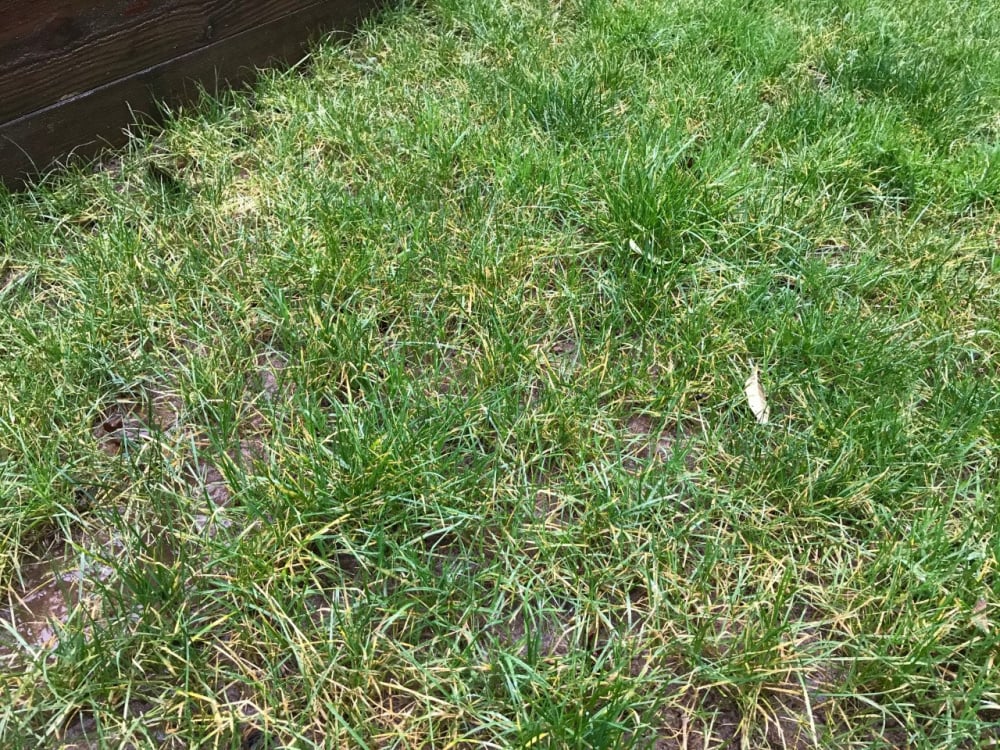
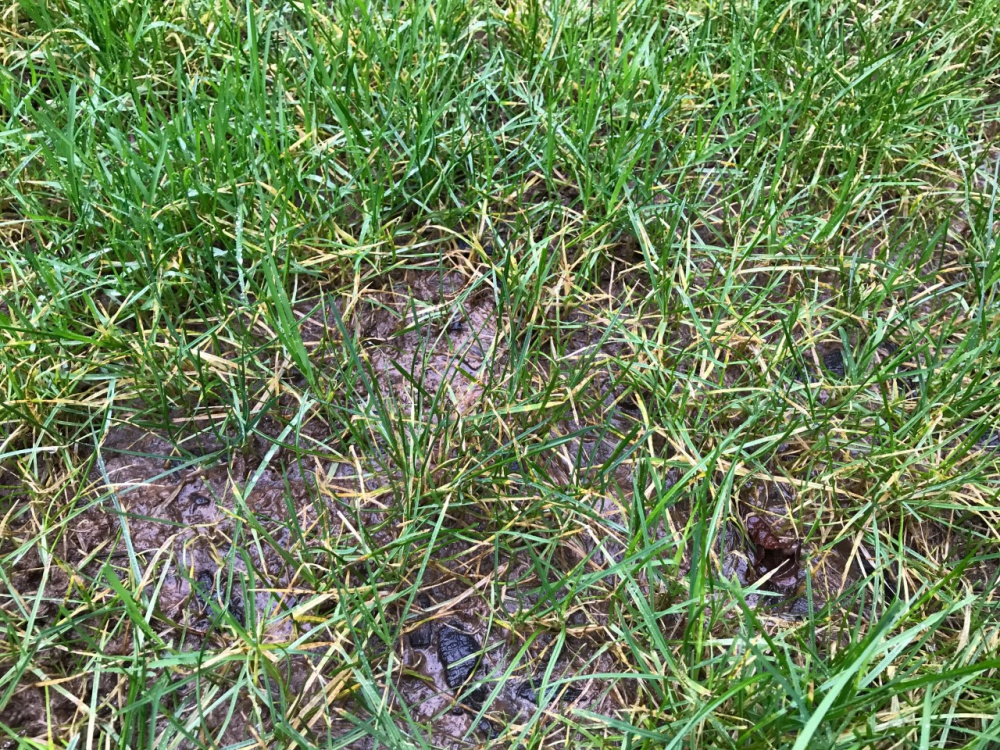
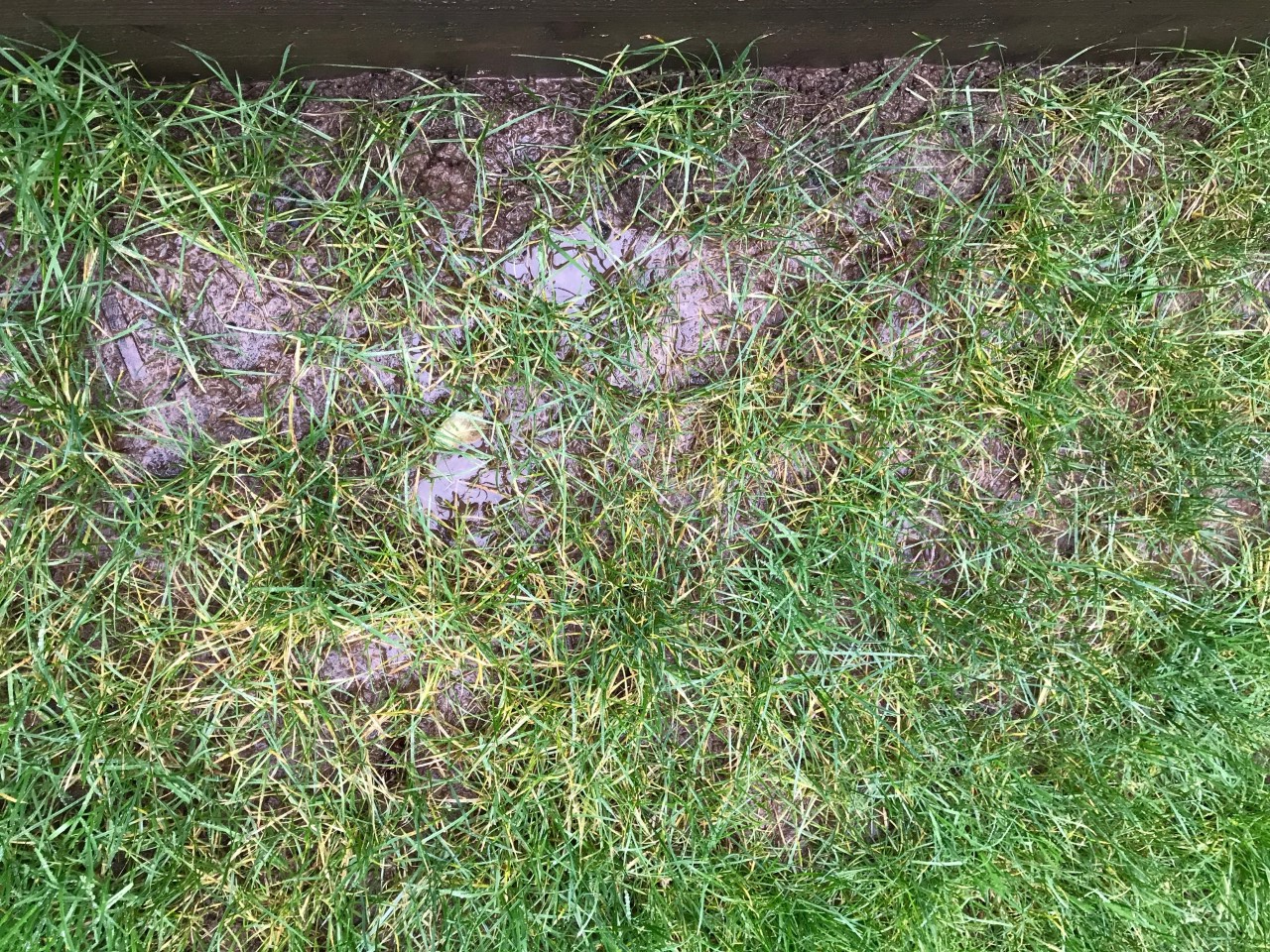
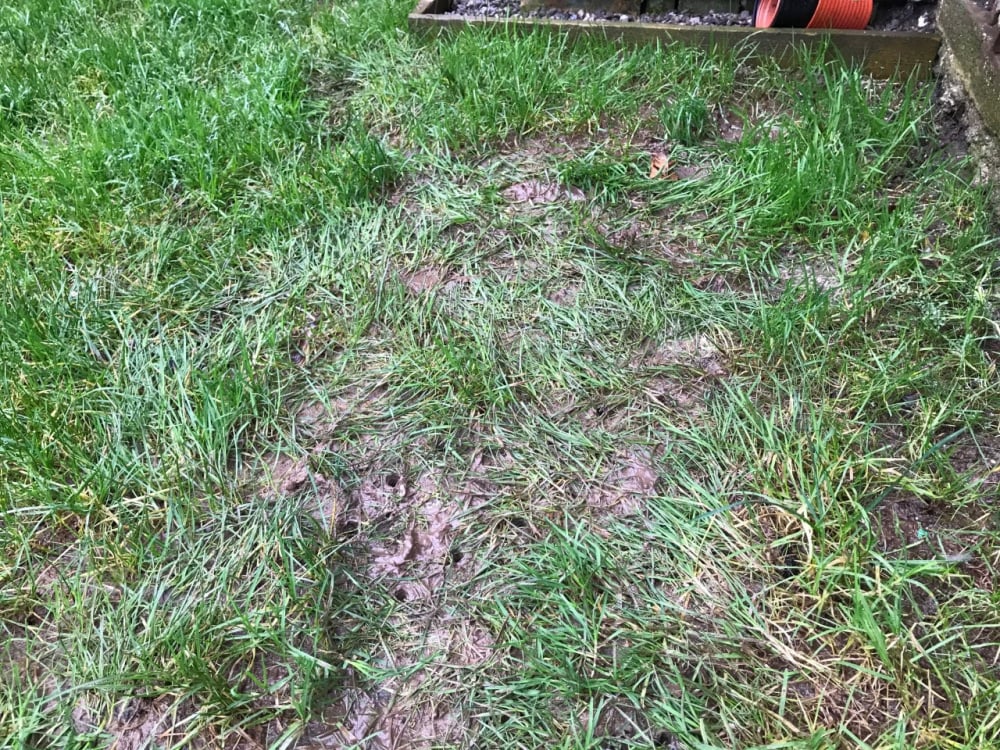
Last spring, during the first lockdown I laid a lawn in my small garden. The grass seemed long when it arrived and it was pretty wet.
It was ok for the summer, if a little lumpy in places. I did however notice that when it rained it remained wet and squelchy for some time. Now we're in winter it's constantly in this state and is getting really thin.
I was considering forking it and putting horticultural sand down and then sprinkling seeds. Do you think this would work or is there a more severe issue and I need to rip it out and redo it after creating better drainage?
I have 2 young children so it did and will get a fair bit of use.
I've added some photos but please note they are when it looked its worse, after a good few days of rain.
Thanks in advance for any advice.





0
Posts
I think you need to improve aeration of the soil (by making small holes - either with a fork - if the area is small, or with special lawn shoes with spikes), then add a layer of compost - about 1 cm deep (don't overdo, as you will kill the grass), and scatter some more seeds. But do that preferably in spring, when the ground is not so wet.. also, try to avoid walking on the lawn in the very wet weather, as this will make the situation worth. I had to install some stepping stones in my garden as well. I hope this helps.
Use a large garden fork to spike holes every few inches across the entire grassed area. Push it in as deep as you can and wiggle it to enlarge the holes which will improve drainage and allow air to the roots. Work backwards so you don't compact your fresh holes by sanding on them.
When that's done, scatter sharp sand on the lawn and brush it down the holes with a stiff broom. This will hold the holes open and maintain the aeration. You can do this any time between now and mid April but not when the grass is frozen.
In April, when grass goes into active growth, apply a spring lawn fertiliser to encourage thicker growth and make sure you don't cut the grass too short. The more leaf blade surface area it has the more it can feed a stronger root system and the better the grass will grow. This should be enough to help it thicken up.
The RHS offers plenty of advice on lawn care on its site - https://www.rhs.org.uk/advice/garden-features/lawns
Check the links to waterlogged lawns and seasonal care in spring and autumn.
I'll wait until it's dried out a bit and then fork it over and add sand. I've not heard of adding compost to the top, I'll look in to that too.
I think I will add some stepping stones so we can get across the lawn when it's wet. That area of trodden mud in the last photo is the shortest route across the grass that I've had to take a few times, I think this is the best spot for some stepping stones!
I would tackle the drainage first and see if your existing grass recovers naturally. You can always re-sow in September if needs be but tit'd be time and money wasted without first fixing the drainage issue.